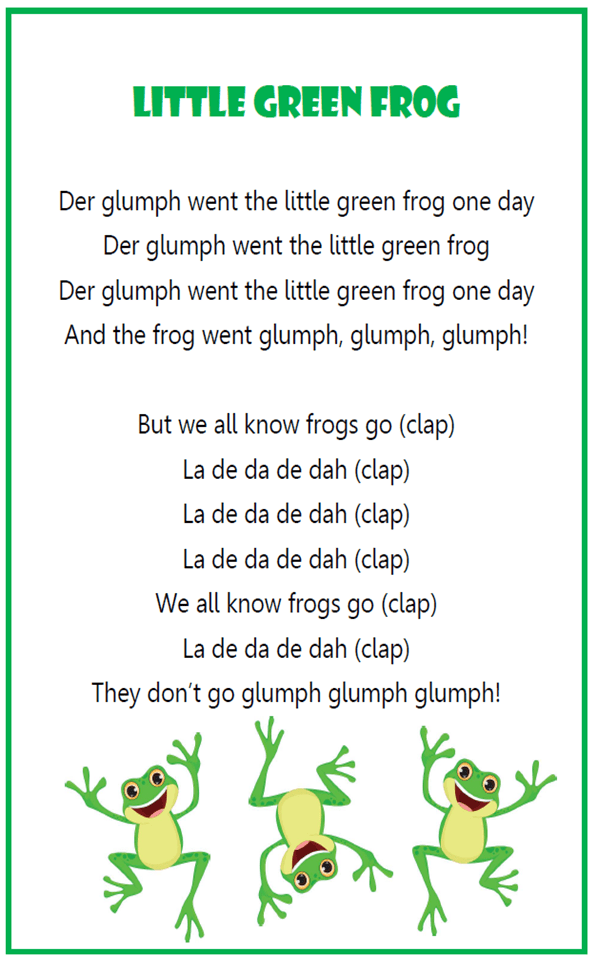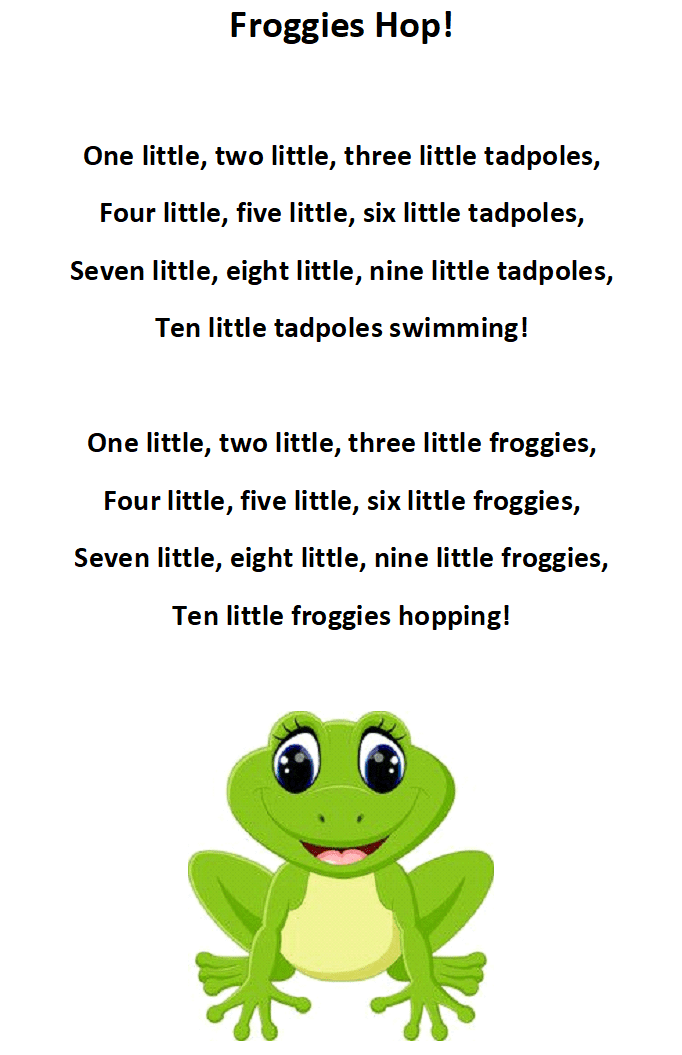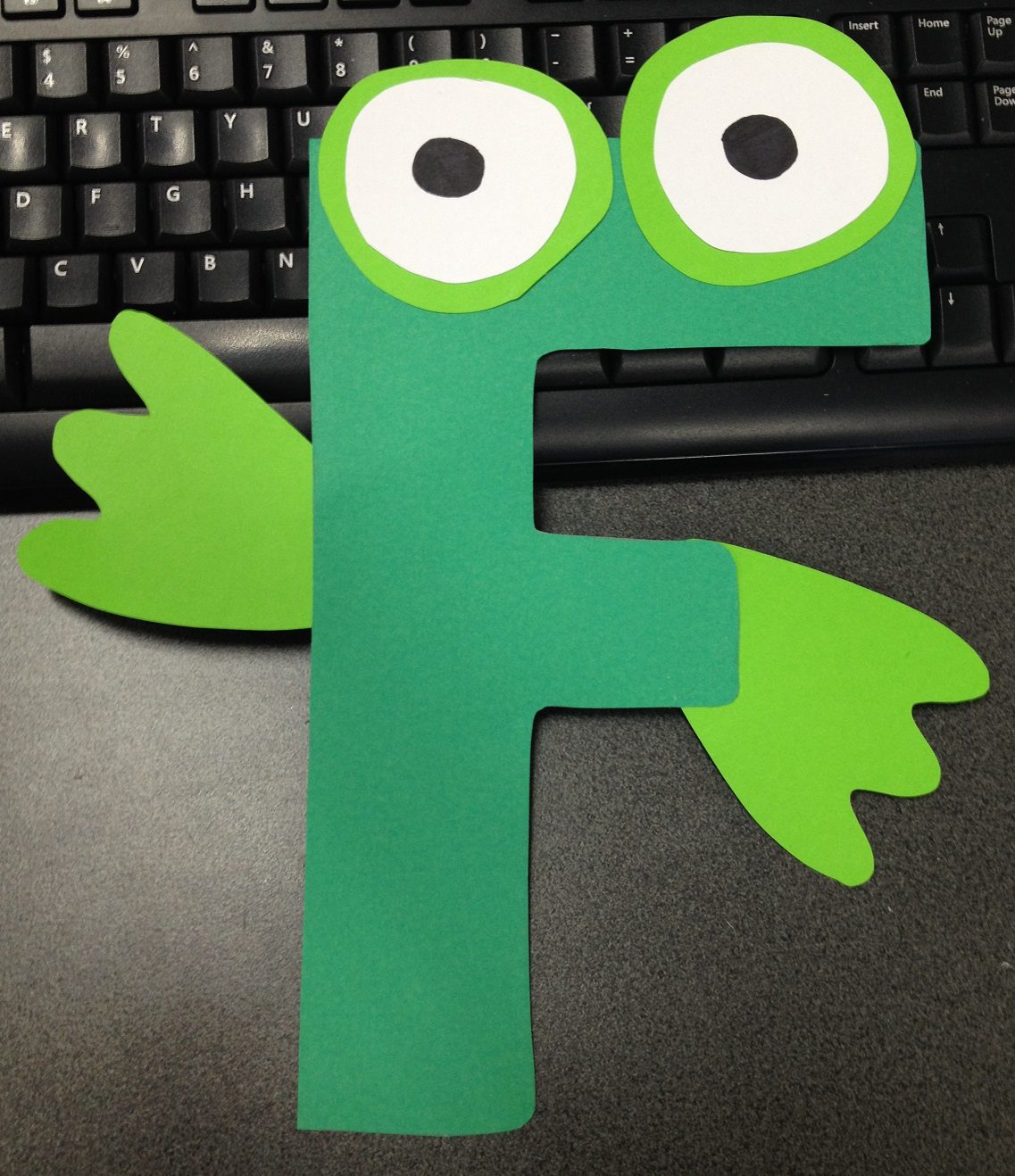The south-west of Western Australia is home to around 30 species of frogs. Have you ever tried to head out at night and listen to as many sounds as you can find? Frogs are found near wet areas – deep water, ponds or bogs. With the right balance of plants and animals, you can make the perfect frog habitat.
Did you know? Evidence shows that frogs have roamed the Earth for almost as long as dinosaurs. More cool facts about frogs:
- Frogs don’t drink water the way other animals do. Instead, they absorb water directly through their skin
- Frogs were the first land animals to have vocal cords. Each frog’s call is unique to its species.
- Frogs can lay as many as 4,000 eggs in frogspawn. Frogs lay their eggs in the water, which hatch into tadpoles.
Storytime sessions about frogs are always fun, educational and action packed. The frog puppets make it more interactive and engaging. In this post, we are going to show you a few books about frogs with some rhymes and a craft that you can share with your tot.
Books
A green tree frog enjoys for awhile the multicolored skin he aquires when he falls into a jar of jelly beans, but then he wishes for his familiar color back.
Picasso can change colour. In trees he turns green. In mud he turns brown. In water he turns blue. One day, he fell into a jar of jellybeans and turned all sorts of colours! Picasso is a fun and beautifully illustrated picture book. It is the story of a tree frog who finds jellybeans and becomes addicted to them. It is easy to understand. Suitable for children aged 4-8 years.
This rhythmic story counts up the bugs eaten by a small green frog – and tells how he must let them all go when an alligator tries to eat him!
This picture book is a cute rhyming and counting story. The watercolour illustrations are bright and beautiful. It’s about a frog that eats insects and begins to grow after each feeding. Wonderful book for all children.
The Little Corroborree Frog is a wonderful children’s story that gently introduces the serious plight of one of Australia’s most endangered species. Jet the corroboree frog is happily taking care of the tadpole ponds when the water starts to dry up and his family’s eggs are threatened.
A great book that introduces children to the critically endangered corroboree frog. It is filled with bright illustrations and interesting bits of information. It encourages children to discuss the problems faced by Jet, Bindi and Grandmother Frog and those faced by the Boy and his Dad. It is a wonderful book about conservation and caring for country.
Rhymes
Little Green Frog
Most people learned this popular nursery rhyme as children. Der Glumph is a sweet nursery rhyme for all toddlers about a frog. It’s a great song to introduce clapping and music. You could use frog puppets to make the rhyme more interactive.

Froggies Hop
Froggies Hop is an action and counting nursery rhymes. I enjoy singing this at story time.

Craft – F for Frog craft
Materials:
-
- A4 Card in green colours
- Letter F
- Paper circles for eyes and green webbed feet
- Scissors, textas, crayons, glue
Instructions:
- Print out your ” F for Frog” template sheet and colour.
- Cut and colour eyes and webbed feet.
- Glue eyes and webbed feet on the letter F as shown in picture.


Djeran (April – May)



